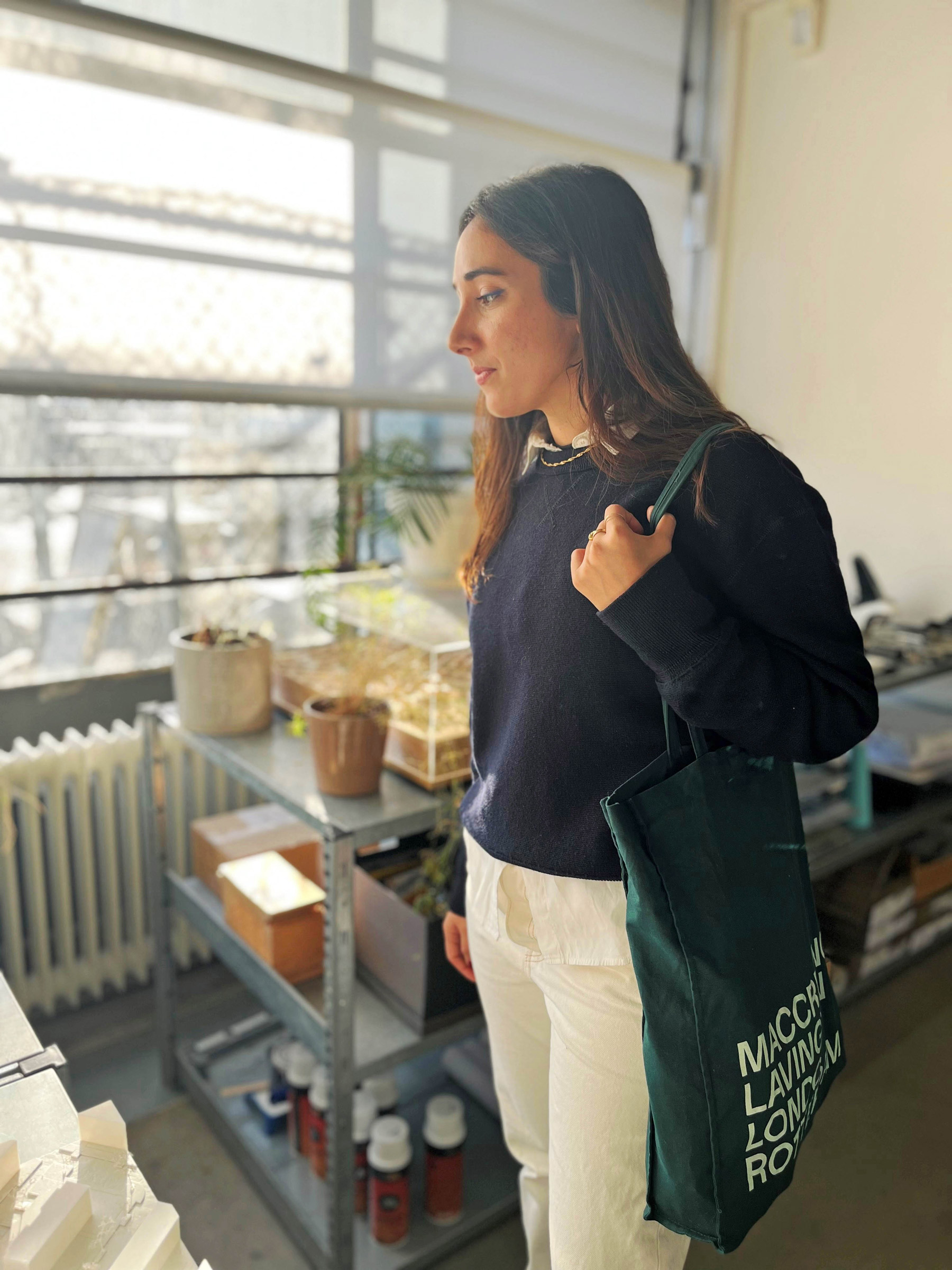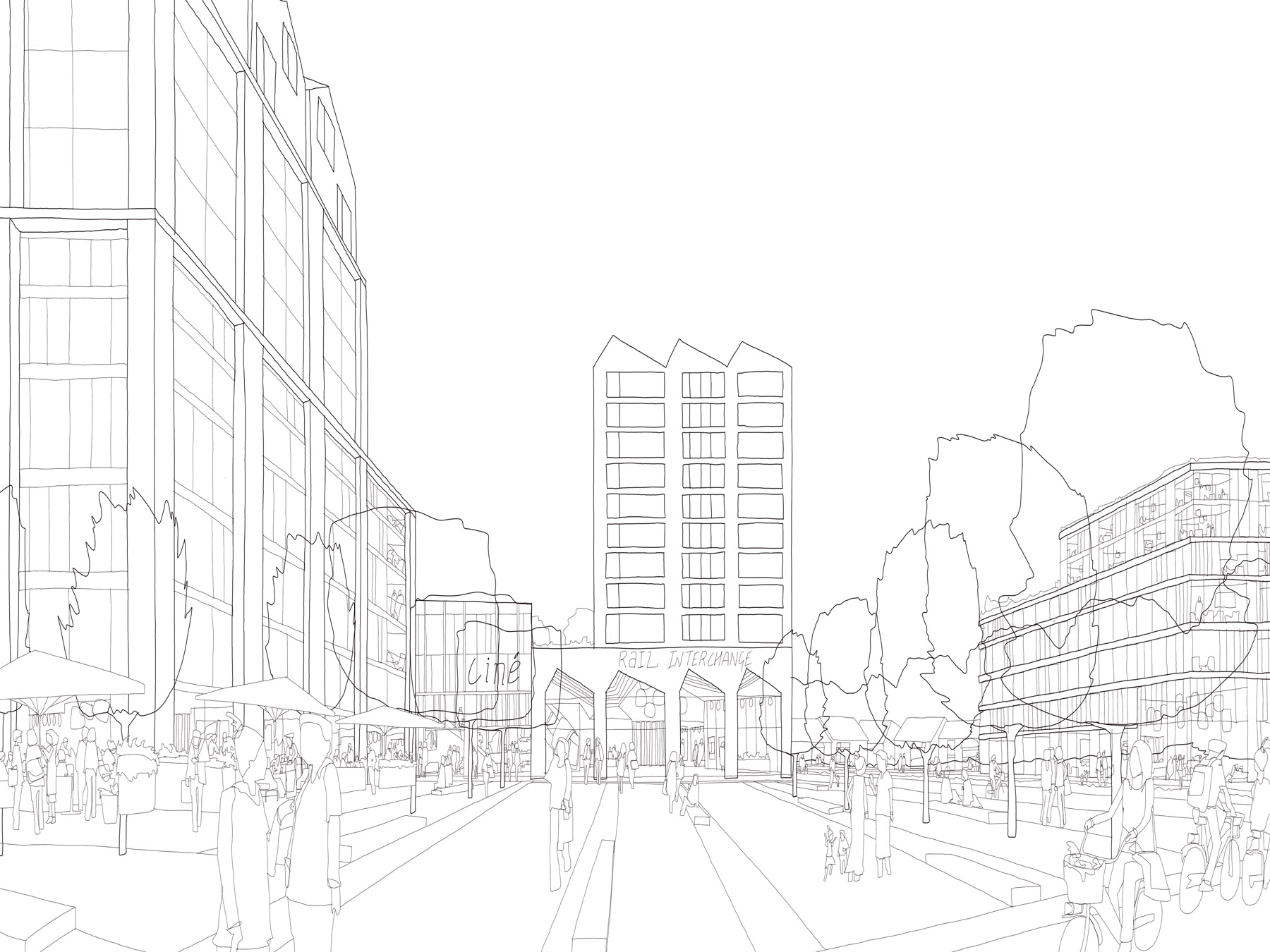Studio Life: Urban Designer, Azraa Rawoot
Azraa Rawoot works as an Urban Designer in the Rotterdam studio. She discusses creating inclusive and sustainable communities and what excites her about urban design.
What attracted you to Urban Design?
The chance to combine problem-solving skills with creativity to make livable and sustainable places to live. The combination of the social and environmental impact of urban design decisions that fundamentally shape the world we live in and the environment around us seemed to be a great challenge to undertake with an enormous impact on making positive change in towns and cities.
What does it take to become an Urban Designer?
A deep interest in the way people live and an ongoing aspiration to improve towns and cities for all people, in balance with the environment.
As urban designers, we are constantly striving to balance attractive and functional design that meets the needs of today’s communities as well as those of the future. The subject matter is intrinsically about the future, so urban designers need to be curious and open-minded thinkers who have a broad interest in innovation and trends and how these may affect city life.
How is it working with Urban Studio in Rotterdam?
Our Urban Studio has provided me with dynamic and challenging experiences. The city is known for its innovative architecture and urbanism that attracts talent in our field from across the world.
We are involved in a wide range of projects that ensures every day is different with new problems to solve. The key feature of our Urban Studio is the opportunity to work on large and complex projects – for instance the largest regeneration project in Europe – this means we get to interact with a diverse group of people. It also helps that we have a small team of colleagues from a wide range of backgrounds that I work closely with, offering each other constant inspiration and support.
What is the most challenging about creating places?
Balancing competing interests and the needs and desires of different stakeholders including residents, businesses, government, and broader social, economic, and environmental factors. Addressing issues of equity and inclusion is also a challenge in design as we strive to create spaces that are flexible enough to accommodate future changes to population, technology, and needs that are often unpredictable. Creating resilience and sustainability is also a mounting issue as the need to respond to the climate crisis grows.
What makes good Urban Design?
Good urban design can be characterised by a few key attributes we always include in our designs are:
- Livable and sustainable – a design that meets the needs of people and the environment.
- Inclusive and equitable – taking into account the needs of marginalised groups.
- Walkable and cyclable – good urban design should encourage walking and biking along safe, accessible, and well-connected paths.
- Contextual – good urban design should be responsive to the unique context and history including its architecture, culture and natural environment
- Well-connected – good urban design should be well-connected from within the community as well as to the surrounding environment through a variety of transport and non-motorised options.
- Have a strong sense of identity that people feel connected to.
- Flexible and adaptable to accommodate unforeseen needs in the future.
What strategies are integral when approaching urban design and masterplans?
There are several strategies that can be integral to creating successful and sustainable designs:
- Comprehensive and participatory planning that involves input and feedback from community members, businesses, government and a range of professional consultants.
- Placemaking that includes the process of creating spaces that reflect the unique identity and culture of the community.
- Sustainable development which incorporates development principles such as green infrastructure, energy efficiency, and water management.
- Connectivity creates well-connected communities that are easy to navigate and accessible by a variety of transport options to promote walking and cycling.
- Designing flexible spaces that adapt to changing needs.
What next for you – any goals?
As an urban designer, my motivation is to create liveable and sustainable communities and neighbourhoods, public places that promote and facilitate social interaction and community engagement as well as improve accessibility and mobility in urban areas. I also aim to shape the physical form of cities in ways that promote job creation and respond to the needs of diverse populations. As my career progresses I hope to continue to use urban design to address issues such as climate change and social inequality to create sustainable urban development.

